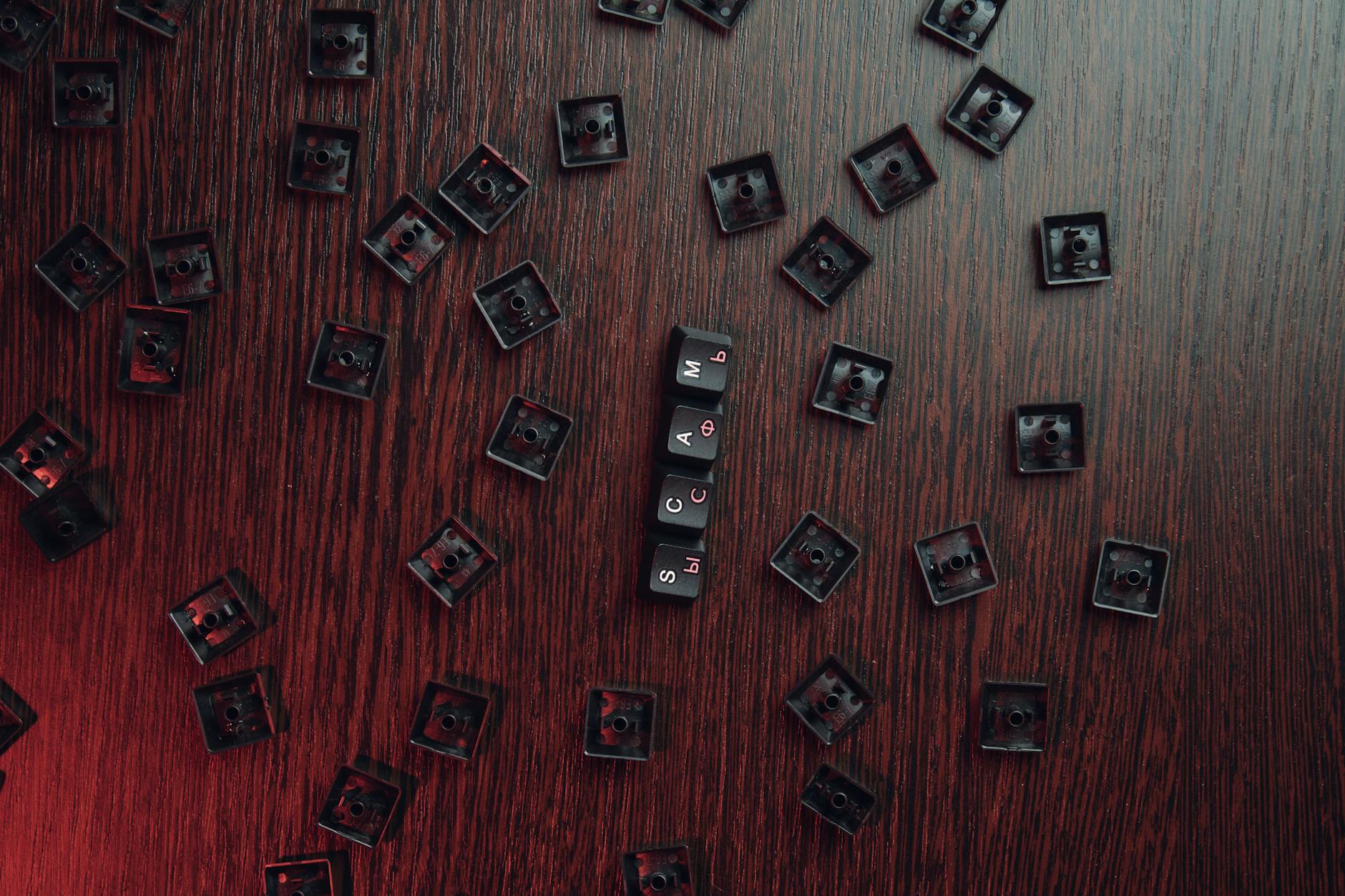
The Impact of Different Keycap Materials on the Typing Feel of Dactyl Manuform Keyboards
Abstract: This article delves into the characteristics of the Dactyl Manuform ergonomic keyboard and analyzes how common keycap materials—ABS, PBT, POM, and Metal—influence the typing experience. It compares these materials based on comfort, sound feedback, and durability, offering insights for users seeking to optimize their Dactyl Manuform keyboard setup based on personal preferences.
I. Dactyl Manuform Keyboard Features
The Dactyl Manuform keyboard is an open-source, parametric, split, concave, columnar, ergonomic keyboard design. It's a fork of the Dactyl keyboard, with the main change being the adaptation of the thumb cluster from the Manuform keyboard and the keyboard walls designed to sit directly on the desk. The keyboard allows users to adjust the following features via parameters:
- Rows: 4-6 rows, adaptable to different finger lengths and typing habits.
- Columns: 5 columns or more, ensuring a sufficient number of keys.
- Row Curvature: Adjustable row curvature to fit different hand shapes.
- Column Curvature: Column curvature is also adjustable to enhance typing comfort.
- Row Tilt (Tenting): Adjusting the row tilt angle simulates the "tenting" effect of traditional typewriters, helping to alleviate wrist pressure.
- Column Tilt: Column tilt angle is adjustable to fit the natural hand position.
- Column Offset: The horizontal position of columns can be adjusted to optimize the path for fingers reaching keys.
- Height: The overall keyboard height can be adjusted to suit the user's sitting posture or usage habits.
This ergonomic design allows fingers to land naturally on the keycaps, conforming to the natural hand posture and reducing fatigue and discomfort from prolonged typing.
II. Common Keycap Materials and Their Characteristics
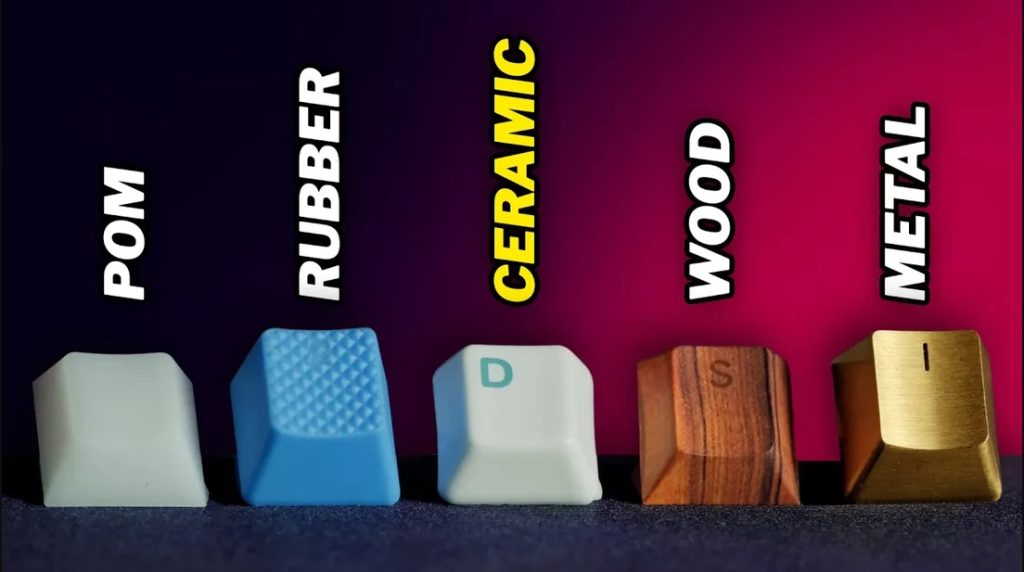
ABS (Acrylonitrile Butadiene Styrene)
- Material Properties: A thermoplastic polymer material with high strength, good toughness, and ease of processing. Acrylonitrile provides hardness, heat resistance, and resistance to chemical corrosion like acids, alkalis, and salts; Butadiene provides low-temperature ductility and impact resistance, but too much reduces the resin's hardness, gloss, and fluidity; Styrene provides hardness, processing fluidity, and surface finish.
- Typing Feel: Soft texture, delicate touch, relatively crisp feel when typing. ABS keycaps are thinner, highly compatible with RGB backlit keyboards, offer vibrant colors, and good light transmission. However, after a certain period of use, the surface gets polished by fingers, causing the keycaps to shine, known as "shining" or "oiling." The feel after shining becomes sticky. However, there are exceptions like SA profile keycaps which are considered "better looking when shined," and JTK's HSA profile, which uses a glossy finish from the start. Some manufacturers make the surface texture rougher to delay shining, but the issue still occurs after long-term use. Some users report that original ABS keycaps feel more "warm and smooth," and the stem fitting is looser.
PBT (Polybutylene Terephthalate)
- Material Properties: A semi-crystalline material with excellent chemical stability, structural strength, and thermal stability. It crystallizes quickly upon solidification, so mold temperature needs to be uniform, and part warping should be minimized. To enhance surface tensile strength, glass additives are needed, but this makes the PBT material brittle.
- Typing Feel: Harder material, resistant to wear, rarely shines under normal use. Mainstream surfaces are now finely textured and smooth; some manufacturers offer matte versions with a rough feel. Compared to ABS, PBT sound is slightly deeper. It allows for more diverse patterns at a lower cost (dye-sublimation process) and richer colors on the same keycap, but the vibrancy doesn't match ABS. Some users find PBT keycaps more "stiff and cold," and the stem fitting is tighter.
PC (Polycarbonate)
- Material Properties: A material recently appearing in custom keycaps, mainly used for transparent keycaps due to its outstanding optical properties. Main drawbacks are insufficient hydrolysis stability, sensitivity to notches, poor scratch resistance, yellowing upon long-term UV exposure, and legends often applied using transfer printing, which can sometimes wear off.
- Typing Feel: Current information doesn't explicitly mention the typing feel of PC keycaps on Dactyl Manuform keyboards. However, based on its material properties, the transparency might offer a different visual experience, while its poor scratch resistance could affect the long-term feel.
POM (Polyoxymethylene)
- Material Properties: Originally common in the automotive industry (gears or small fasteners), characterized by good strength, hardness, and rigidity even at -40°C. It's a highly crystalline compound, inherently opaque white (milky white), but can be made in other colors. Sufficiently hard (up to 50.5 MPa, close to metal), good wear resistance, self-lubricating, not very acid-resistant.
- Typing Feel: Smooth surface, looks shiny even when brand new, but isn't actually shined. Due to its self-lubricating nature, the surface feels slippery, with a cold, dry-smooth feel, delicate, smooth, and comfortable to the touch. POM keycaps produce the crispest keypress sound, suitable for all switch types, significantly enhancing the feel and sound of clicky (like Blue) and tactile (like Brown) switches. They feel lighter compared to thick PBT keycaps. However, POM keycaps have a limited color range (mostly black), are difficult to injection mold, have high costs, and thus higher prices.
Metal
- Material Properties: Such as anodized aluminum alloy. Weight examples: gold metal keycap ~8g, Redragon metal keycap ~4g, first-gen FILCO metal keycap ~13g.
- Typing Feel: Some user reviews state metal keycaps completely ruin the intended feel of Blue switches, but might not significantly affect Red or Black switches. Metal keycaps are mainly for accents; extensive use is not ideal, plastic keycaps are more comfortable for general use.
III. Comprehensive Analysis of Typing Feel with Different Keycap Materials on Dactyl Manuform Keyboards
From a Comfort Perspective
- ABS: keycaps' soft texture and delicate touch provide initial comfort, especially for users preferring a warm feel. However, the shining issue affects long-term comfort.
- PBT: keycaps' wear resistance and resistance to shining ensure a stable long-term feel, though users might need to adapt to their stiffer, colder sensation.
- POM: keycaps' self-lubricating dry-smooth feel and crisp sound offer a unique comfortable typing experience, especially for users with high demands on feel.
- Metal: keycaps, due to their weight and impact on switch feel, are less suitable for prolonged, extensive use, offering relatively lower comfort.
From a Sound Feedback Perspective
- PBT: keycaps produce a slightly deeper sound, suitable for users preferring a low-key, steady sound profile.
- POM: keycaps offer a crisp keypress sound, providing clear feedback, excellent for users seeking a crisp typing sound.
- ABS: keycaps' sound characteristics can vary depending on thickness and surface treatment, but generally lack the distinct sound signatures of PBT and POM.
From a Durability Perspective
- PBT and POM: keycaps excel in durability. PBT is wear-resistant, while POM is hard and wear-resistant, maintaining good condition after long-term use.
- ABS: keycaps are prone to shining and wear, offering relatively poor durability.
- Metal: keycaps, ignoring their impact on typing feel, are inherently durable but might exert extra pressure on keyboard switches.
In summary, different keycap materials provide distinct typing experiences on Dactyl Manuform keyboards. Users can choose the keycap material that best suits their needs based on preferences for comfort, sound feedback, and durability.

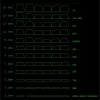

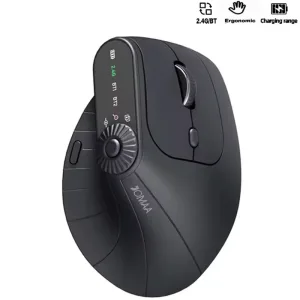
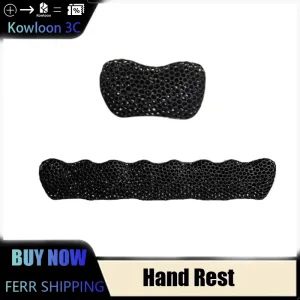
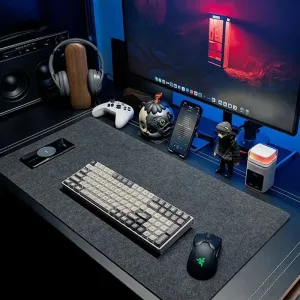
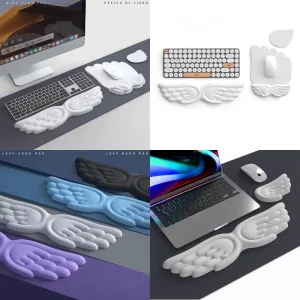
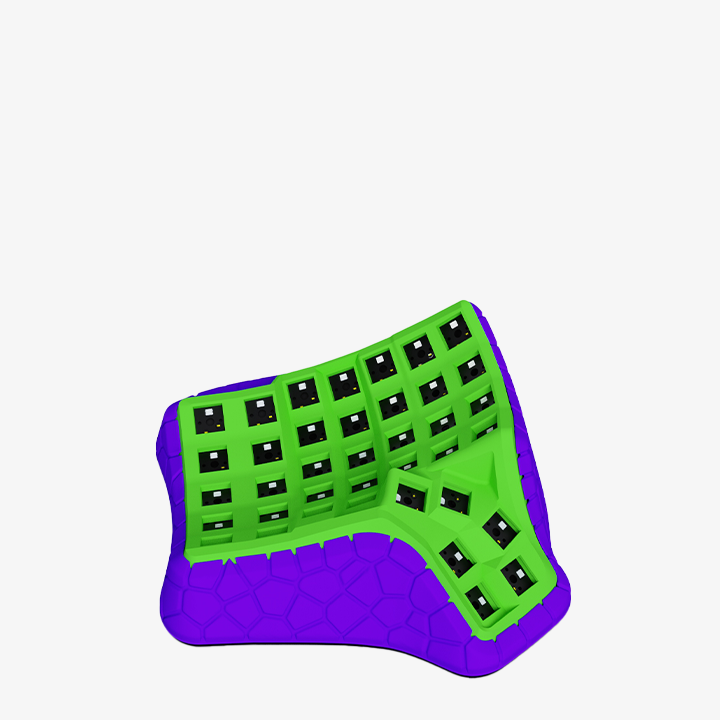
Add comment
You must be logged in to post a comment.